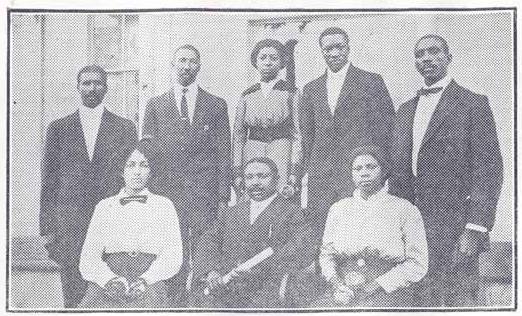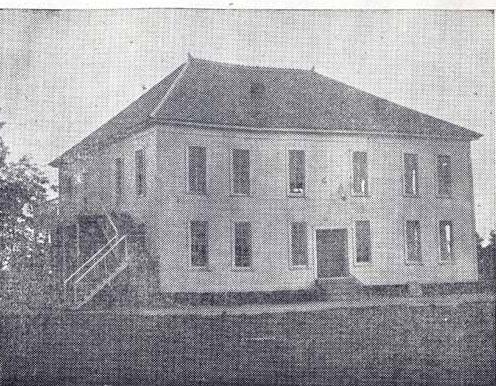By Rolanda Teal
Edmund Belton: Founder of an African American Community in Sabine Parish
.JPG) Sabine Parish, located in the northwestern portion of the state of Louisiana, is comprised of several towns; however the focus of this article is on Babsoline, an African American rural community in the Village of Converse. It is unclear exactly when the founders of this community came together but historic records indicated that they were in that location by 1872.
Sabine Parish, located in the northwestern portion of the state of Louisiana, is comprised of several towns; however the focus of this article is on Babsoline, an African American rural community in the Village of Converse. It is unclear exactly when the founders of this community came together but historic records indicated that they were in that location by 1872.In the early 20th century, black residents affectionately referred to the area as "Babsoline" simply meaning the Baptist of Saline. This community consisted of 30-40 farming families and was almost exclusively made up of African Americans whose surnames included Belton, Loran, Canada, Jacobs, Woods, Brown, and Cotton. Virtually self-sufficient, these farmers grew their own vegetables, had fruits orchards, and raised a variety of livestock. Babsoline residents maintained some of their independence by having their own community cotton gin, grits mill, syrup mill and canning center. Rarely did the farmers leave their immediate surroundings.
Yet, it was not just an agricultural knowledge that helped this community to grow; Babsoline also owed some of its early successes to members such as Edmund Belton who is acknowledged as the father of the community. Edmund arrived in Louisiana from North Carolina around the early 1870's. One of Edmund's sons Riley raised bees and sold honey in addition to operating a small store called "The Shack". At the store, residents could buy items they could not provide for themselves.
The religious needs of the community were fulfilled one Sunday in May of 1872, when residents met on George Belton's farm and decided to build a place of worship. George, Edmund's cousin, first built a brush arbor then later a more suitable structure- a log house. It was at that time that Edmund's daughter Ellen named the log house Saline Baptist Church.
The educational needs for the group were met after Edmund's grandson Robert Edward Jacobs graduated from Coleman College in Gibsland, Louisiana in 1901. Robert gained needed experience working as a field agent for Coleman for two years before returning to Babsoline and founding the Sabine Normal and Industrial Institute.

Figure 1: Faculty of Sabine Normal and Industrial Institute, Robert Jacobs seated in front row
With a creation date for the school of 1904, just 40 years after the end of slavery, Babsoline residents built an educational institution in Sabine Parish. By 1912, there were 203 students enrolled at Sabine Normal several of whom had come from Texas. In order to accommodate out-of-state children, dormitories were constructed. Sank Belton, a first cousin of Robert Jacobs, oversaw the construction of male and female two-story dormitories each with their own outhouses. There was also a dining hall, carpentry shop, laundry room, two-story school building, barn, and concrete pond.

Figure 2: Main building at Sabine Normal and Industrial Institute
Robert Jacobs's death in February of 1917 marked the beginning of the end for Sabine Normal as it had existed under his leadership. In order to ensure the schools continuance, community elders relinquished control of the institution to the Sabine Parish School Board. It was at that time, 1918 that the school's name changed to Sabine Industrial Institute. A little more than a decade later it held its last graduation exercise with only five students.
There are few people living who remember Babsoline as it once existed. Currently there are only four African American families still left in the community. Yet, through the memories of the elders there is much to learn about the lives of Sabine Parish residents and their contributions to Louisiana history.